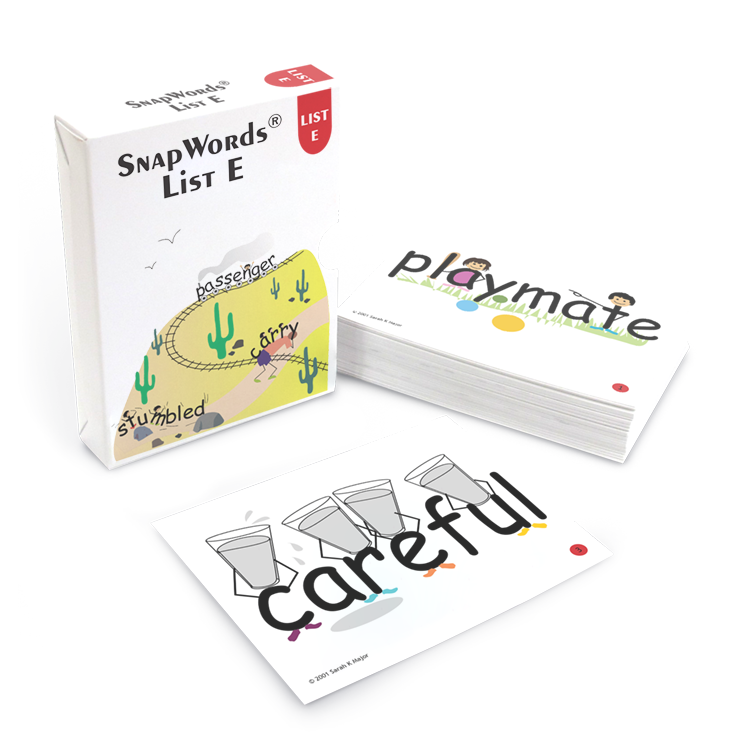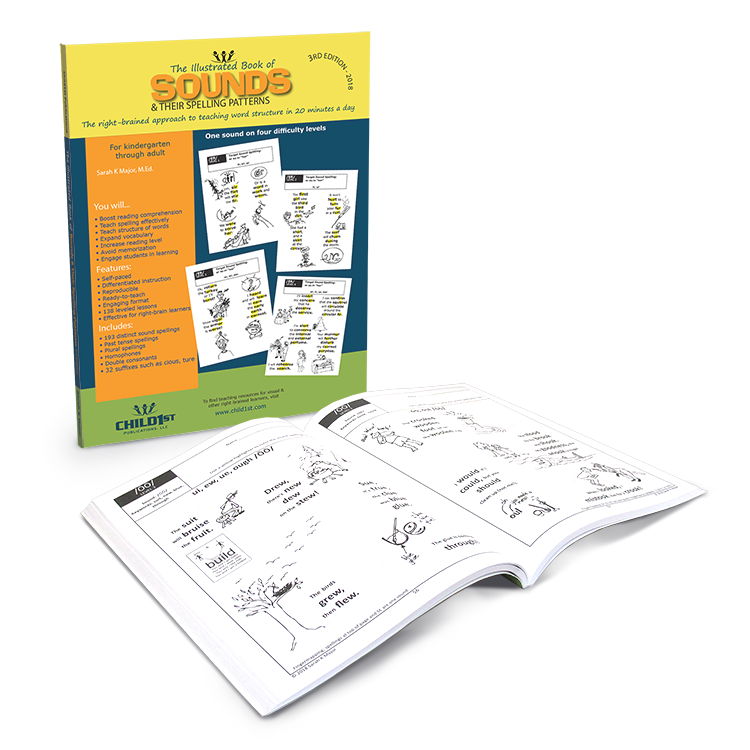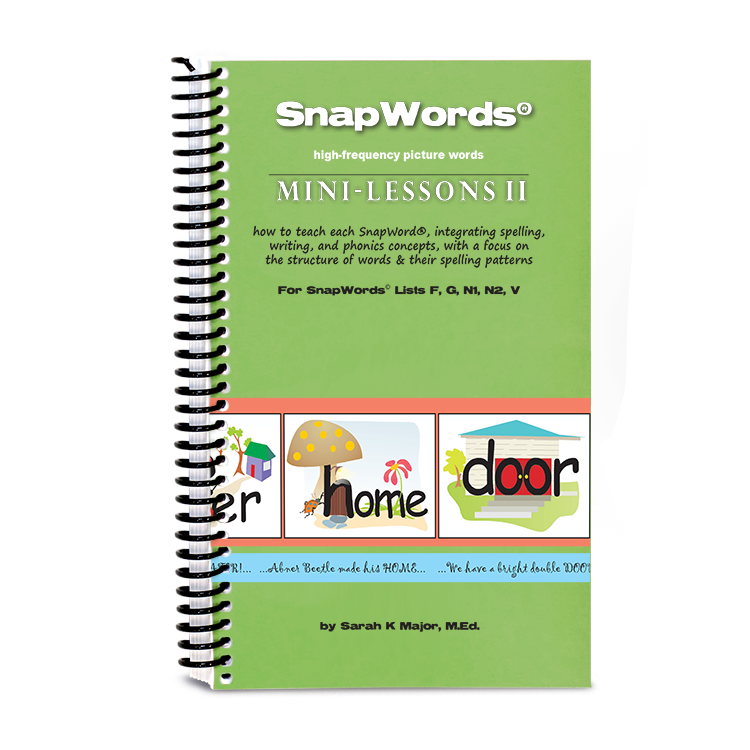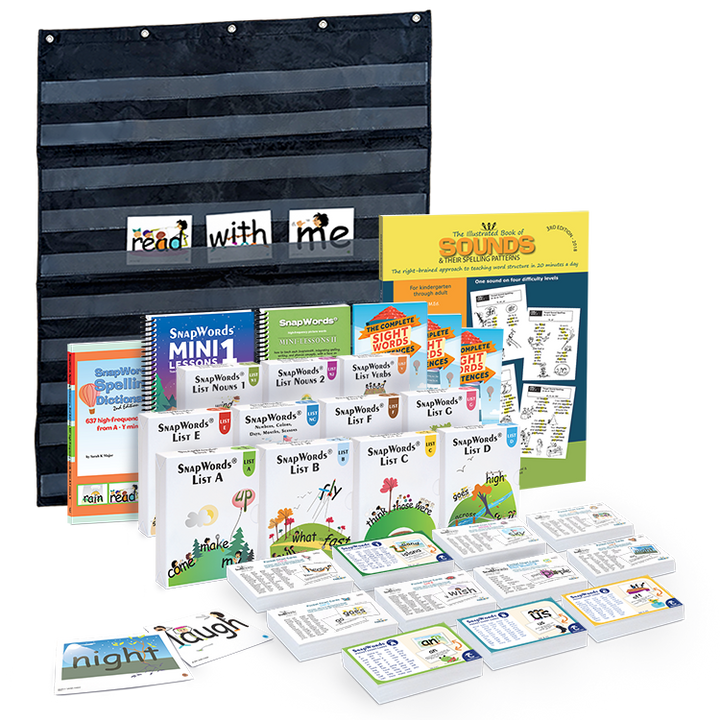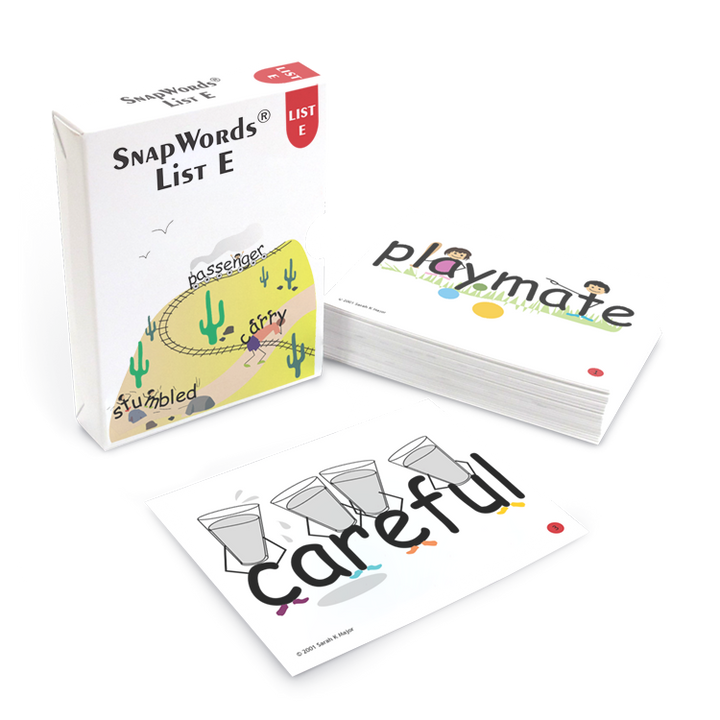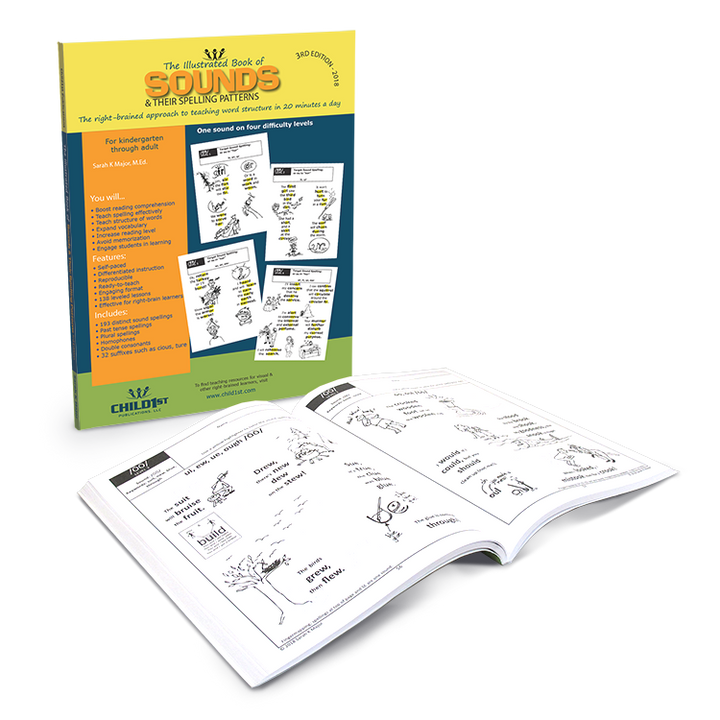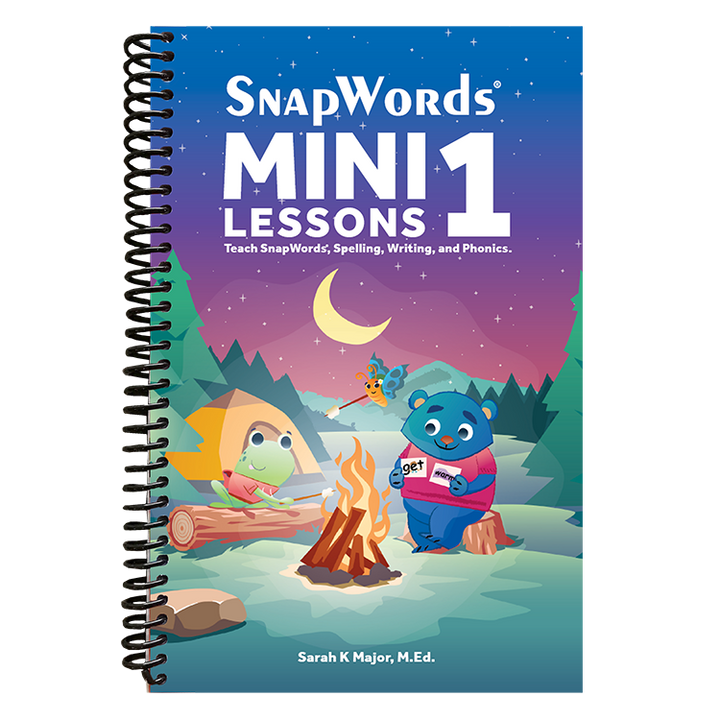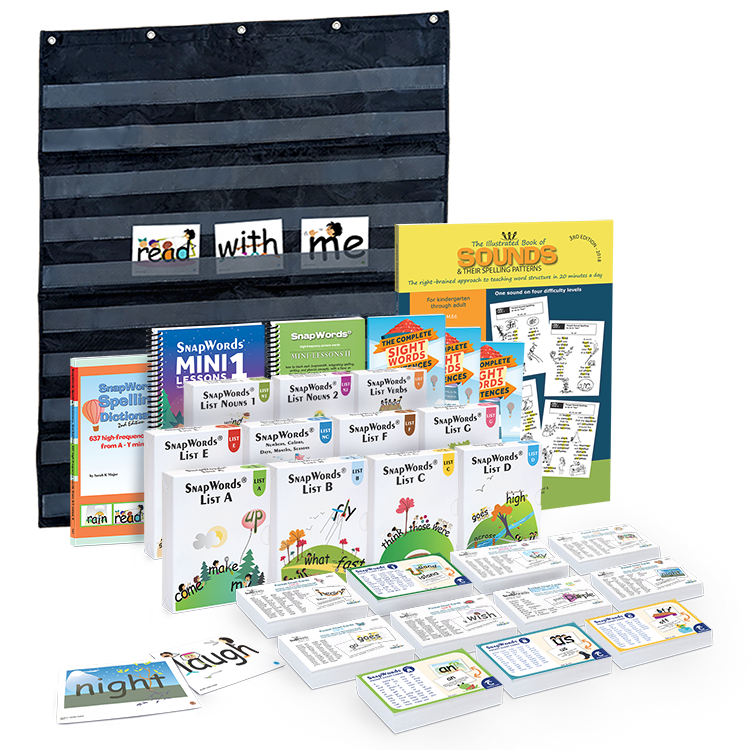Immerse your classroom in a transformative literacy experience with the SnapWords® Complete Classroom Kit. SnapWords® takes a holistic approach by integrating cards with mini-lessons, catering to various learning styles. The mini-lessons kick off with word identification, benefiting visual learners, and integrate body motion to captivate kinesthetic learners. Following sections delve into specific phonics concepts and spelling patterns, allowing immediate application to decode similar words. This multifaceted approach, encompassing visuals, body motion, and spoken elements, engages multiple regions of the brain, creating a dynamic and enriching learning experience.
This comprehensive collection, thoughtfully created by an educator, is designed to propel students to grade level and beyond. Seamlessly integrating into your daily routine, the kit requires minimal planning time and no specialized training. It provides step-by-step instructions and ready-to-use activities that make planning effortlessly easy, with initial instruction taking just 30 minutes. Leveled for diverse learning needs, the kit fosters independent growth and levels the playing field for students of varying skill levels. It empowers students to bypass rote memorization, encouraging a profound understanding of sight words. The SnapWords® Complete Classroom Kit offers ready-made lessons and materials, eliminating the need for extensive preparation, and engages students with resources designed to align with their unique learning styles. Showcase student progress quantifiably and witness rapid growth and success. Fun and engaging, the kit incorporates pictures, images, and motions, ensuring a joyful and exciting learning journey. By encouraging self-led learning, it builds a sense of competence and boosts confidence in students, making it an invaluable asset for both seasoned educators and those new to teaching.
SnapWords® Complete Classroom Kit is only available in physical format.
How it works:
Maximize the effectiveness of the SnapWords® 607 Complete Classroom Kit with this guide:
Initial Teaching with SnapWords® Teaching Cards
· Begin with the SnapWords® Teaching Cards for each word, emphasizing word recognition and meaning.
· Use the cards to introduce new words, providing a strong foundation for sight-word mastery.
Independent Review and Practice with SnapWords® Pocket Chart Cards
- Utilize the SnapWords® Pocket Chart Cards for independent review and engaging practice activities.
- Encourage students to work independently or in pairs, reinforcing word recognition and application.
Guided Teaching with SnapWords® Mini-Lessons & SnapWords® Mini-Lessons 2
- Leverage the SnapWords® Mini-Lessons and SnapWords® Mini-Lessons 2 guides for precise teaching instructions.
- Gain insights into what to teach and how to teach each SnapWord®, covering all aspects of reading.
Highly Targeted Language Practice with The Complete Sight Words in Sentences
- Incorporate The Complete Sight Words in Sentences for targeted language practice.
- Have students work in pairs, reading sight words in real text, fostering comprehension and fluency.
Quick Reference for Teachers with SnapWords® Spelling Dictionary, 2nd Edition:
- Utilize the SnapWords® Spelling Dictionary as a quick reference tool, finding each word, its sentence, and associated body motion efficiently.
Phonics and Spelling with The Illustrated Book of Sounds and Their Spelling Patterns
- Explore the comprehensive resource to reinforce phonics concepts and spelling patterns.
Organized Display with Pocket Chart
- Use the provided pocket chart to display levels of Pocket Chart words organized in phrases.
- Enhance visibility and organization, creating an interactive learning environment.
By strategically incorporating these resources, you'll unlock the full potential of the SnapWords® 607 Complete Classroom Kit, providing a well-rounded and engaging learning experience for your students.
What’s Included
- The SnapWords® Complete Classroom Kit includes Lists A, B, C, D, E, Numbers, Colors, Days, Months, & Seasons, F, G, Nouns 1, Nouns 2, & Verbs in both Teaching and Pocket Chart sizes:
- 643 SnapWords® Teaching Cards (5.5" x 4.25")
- 643 SnapWords® Pocket Chart Cards (4.25” x 2.75”)
- SnapWords® Mini-Lessons 1
- SnapWords® Mini-Lessons 2
- 3 copies of The Complete Sight Words in Sentences
- SnapWords® Spelling Dictionary
- The Illustrated Book of Sounds & Their Spelling Patterns
- Pocket Chart




